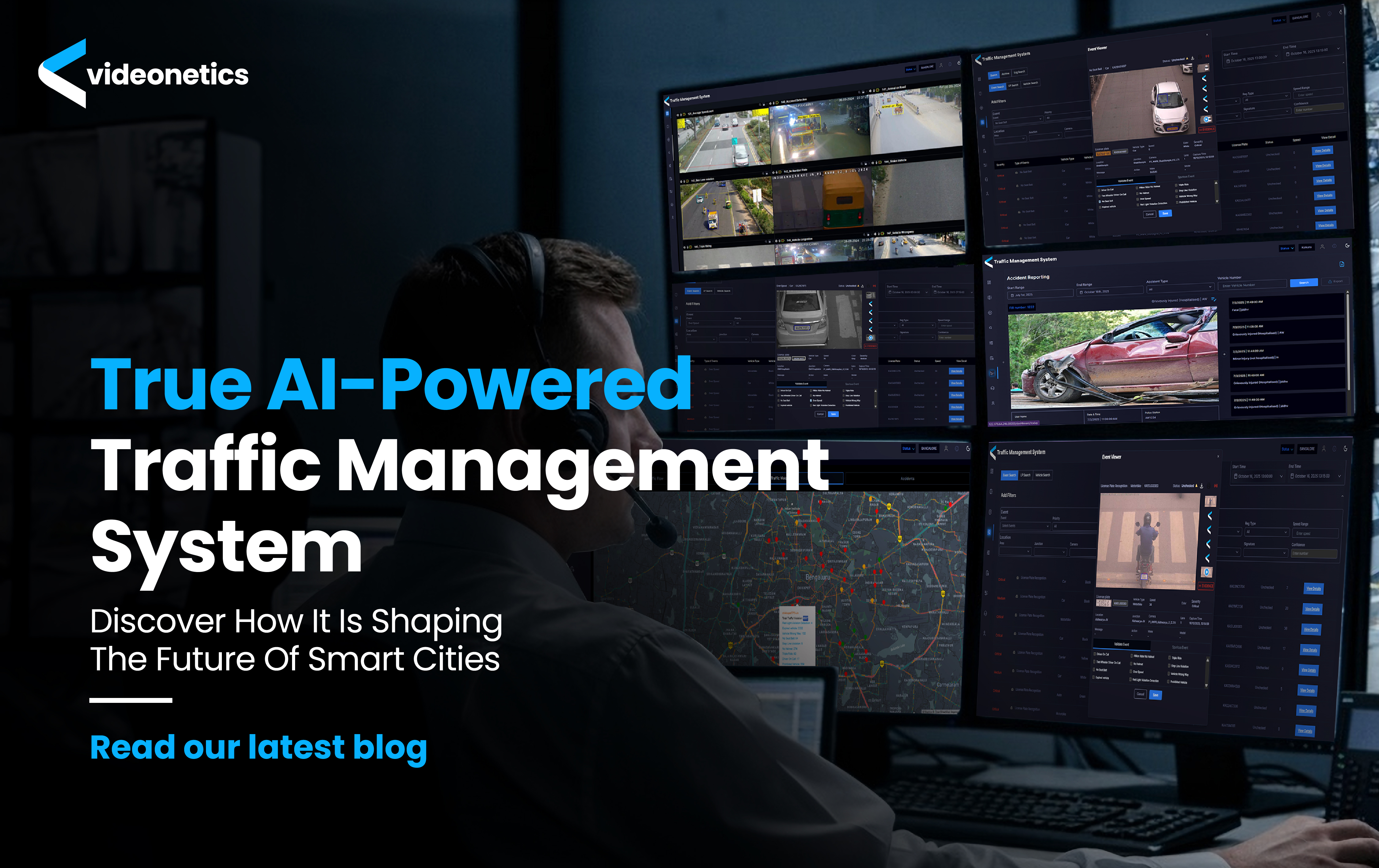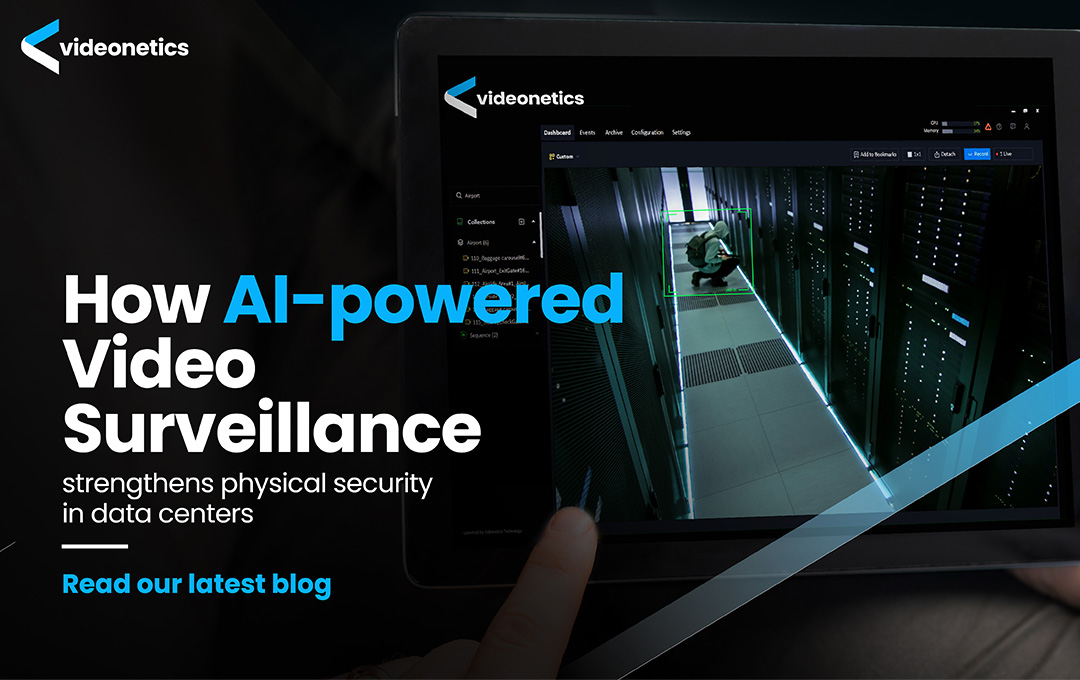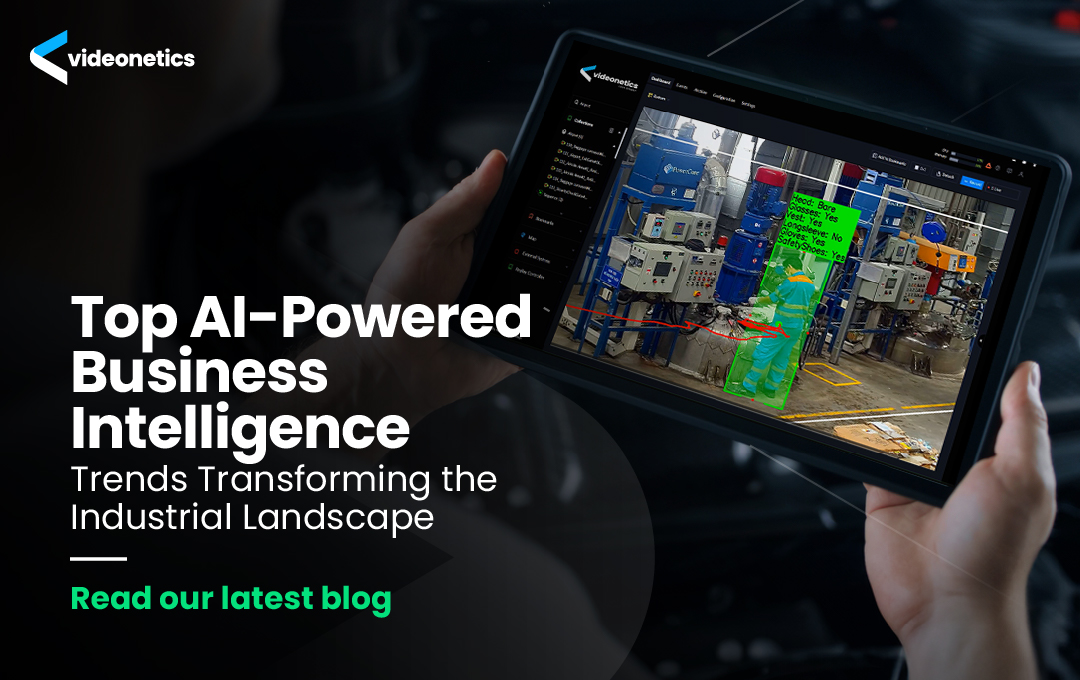Elevating Campus Safety: Implementing State-of-the-Art Surveillance in Educational Institutions
, Technology
Ensuring
the safety of students and staff on campuses has never been more critical.
Educational institutions face escalating security threats, making robust
measures essential. From unauthorised entries to incidents of bullying and
vandalism, a secure environment is paramount.
Schools
and colleges are increasingly seen as soft targets for various threats.
According to recent data, there have been over 2,000 shooting incidents in U.S. K-12 schools
since 1970, resulting in more than 680 fatalities and nearly 2,000 injuries. In
2023 alone, there were 348 school shootings,
leading to 249 injuries and fatalities??. These incidents highlight the urgent
need for robust security measures to protect students and staff.
Technologies
like artificial intelligence (AI) have revolutionised the landscape of videosurveillance systems for business. They enable institutions to implement
sophisticated measures that enhance security and improve overall campus safety.
AI-powered face detection and recognition systems can identify and track
individuals in real time, providing immediate alerts to potential threats. This
proactive approach ensures security personnel can respond swiftly and
effectively to any situation. Integrating these technologies offers
comprehensive benefits, making video surveillance in schools and universities
more effective and efficient.
Understanding the Need for Advanced Surveillance
Surveillance
in educational institutions often relies on traditional security measures, such as physical guards and
basic CCTV systems. These methods frequently fall short of providing
comprehensive coverage and timely responses. Physical guards can only cover
limited areas, and basic CCTV systems typically offer a passive approach,
recording events without actively monitoring or analysing them in real time.
This can lead to delays in responding to incidents and gaps in security
coverage, leaving campuses vulnerable to various threats.
Key Features of State-of-the-Art Surveillance Systems
A. True
AI-Powered Video Analytics
True AI-powered
video analytics have dramatically enhanced the capabilities of video
surveillance systems. These analytics detect anomalies and provide real-time alerts, significantly
improving response times and ensuring that security personnel can act swiftly
to potential threats. By processing large volumes of video data, they extract
actionable insights that enable proactive security measures.
AI-powered
video analytics continuously learn, adapt, and evolve based on the vast amounts
of video data. This capability helps identify suspicious activities and
recognises patterns that indicate potential security breaches. For instance, it
can detect unusual behaviour, monitor unauthorised access points, and track
movements across the campus. As these systems evolve, they become increasingly
accurate and effective in preventing incidents before they occur. This
transformation moves videosurveillance systems for businesses from reactive to proactive tools, offering a higher level of security and
situational awareness.
Use
Cases of AI-Powered Video Analytics
In addition to general surveillance, AI-powered video analytics can be used for specific purposes within educational institutions. Here are some of the use cases.
- Detection of Suspicious Activities - Identifying loitering or other unusual activities within and outside the premises.
- Fall/Collapse Detection - Notifying security personnel if a student suddenly falls or collapses, enabling prompt medical assistance.
- Fire/Smoke Detection - Providing early warnings of fire or smoke to prevent potential disasters.
- Perimeter Breach Detection - Alerting security teams to unauthorised attempts to breach the campus perimeter.
- Crowd Formation Detection - Indicating possible incidents through unusual crowd formation detection.
- Vandalism/Graffiti Detection - Monitoring and reporting acts of vandalism or graffiti to maintain campus integrity.
- Aggression Detection/Fighting - Identifying and addressing aggressive behaviour or fights among students.
- Unattended Object Detection - Recognising and reporting unattended objects that could pose security risks.
B. Face
Detection and Recognition
Face Recognition technology is crucial for
video surveillance in schools. It enhances security measures by providing
accurate identification and monitoring of individuals entering and exiting the
premises. Application of face detection includes automating attendance,
identifying unauthorised persons, and ensuring that only authorised individuals
access specific areas. The use of face recognition systems helps create a safer
environment for students and staff by promptly identifying potential threats
and maintaining strict access control. With AI-driven face recognition,
educational institutions can achieve a higher level of security and operational
efficiency.
C. Integration
with Existing 3rd Party Systems
One of the significant advantages of advanced video
surveillance systems their seamless integration with existing security infrastructure. These
integrations through open APIs allow easy communication between the new
surveillance system and existing security setups. It allows institutions to
enhance security measures without a complete overhaul, ensuring a smooth and
cost-effective transition to advanced surveillance solutions.
Videonetics Video Management System
The
Videonetics Video Management System (VMS) is a cornerstone of modern
surveillance systems, providing a comprehensive platform for managing and
analysing video data. Our VMS is powered by an indigenously developed, true AI-powered
analytics engine, offering real-time monitoring and actionable insights. It
supports efficient management of vast amounts of video data, enabling quick
investigation of incidents and providing situational awareness. With its
intuitive interface and advanced features, Videonetics VMS ensures that
security personnel can effectively monitor and respond to any situation on
campus.
Videonetics solutions, for instance, offer flexibility and scalability, making
them compatible with various hardware and software environments. Our VMS
integrates smoothly with:
- Fire Alarm Systems - Enabling automatic alerts and visual verification when fire alarms are triggered, ensuring a quick response to potential fires.
- Access Control Systems - Managing entry and exit points effectively, ensuring only authorised individuals can access specific areas.
- Guard Tour Management Systems - Monitoring and managing security personnel tours, ensuring regular and effective campus patrolling.
- Visitor Management Systems - Tracking and managing visitors in real-time, enhancing security by ensuring all visitors are accounted for.
- Time & Attendance Management Systems - Automating attendance records and monitoring staff and student presence efficiently.
Case Study: IIT Delhi
IIT
Delhi, one of India's premier educational institutions, faced significant
security challenges due to its vast 325-acre campus and reliance on traditional
security measures. The existing setup, which included a limited number of
security personnel, was inadequate for monitoring the entire premises and
ensuring the safety of students and staff. Recognising the need for a more
robust solution, IIT Delhi partnered with Videonetics to implement advanced
surveillance solutions.
The
implementation included deploying 300 high-definition cameras strategically
placed to cover critical areas such as entry and exit points, perimeter walls,
passages, playgrounds, and lobbies. These cameras were integrated with
Videonetics' AI-powered Video Management System (VMS), which allowed for
efficient management and analysis of the vast amount of video data collected.
The AI capabilities enabled real-time monitoring and provided actionable
insights, enhancing the overall security infrastructure.
The
outcomes of this implementation were significant. IIT Delhi experienced an
enhancement in overall security, a notable reduction in incidents such as
bullying and vandalism, and improved situational awareness. The proactive
nature of the system allowed for quicker responses to potential threats, making
the campus a safer place for everyone.
Conclusion
In conclusion, the shift toward implementing state-of-the-art surveillance systems in educational institutions marks a critical advancement in campus safety protocols. These modern technologies, characterised by AI-powered video analytics, face detection, and seamless integration capabilities, transcend traditional security measures by offering proactive, real-time solutions that protect students and staff more effectively. The successful implementation at IIT Delhi exemplifies the profound impact that such advanced systems can have, dramatically enhancing security coverage and responsiveness. As educational institutions continue to face complex security challenges, the adoption of these sophisticated surveillance systems is not merely an improvement—it's an essential stride toward ensuring a safe and secure learning environment for all.





Post a comment
Your email address will not be published.